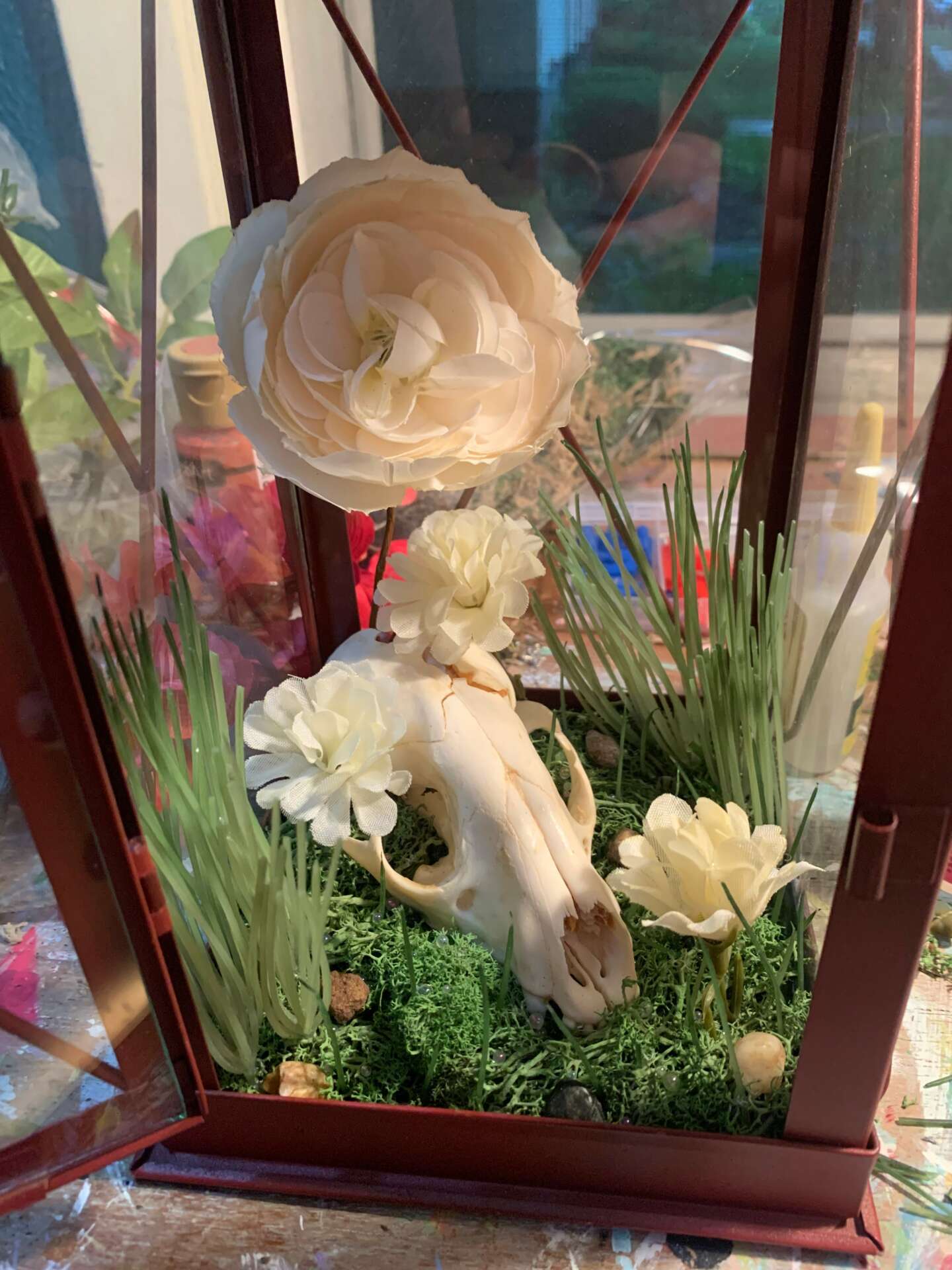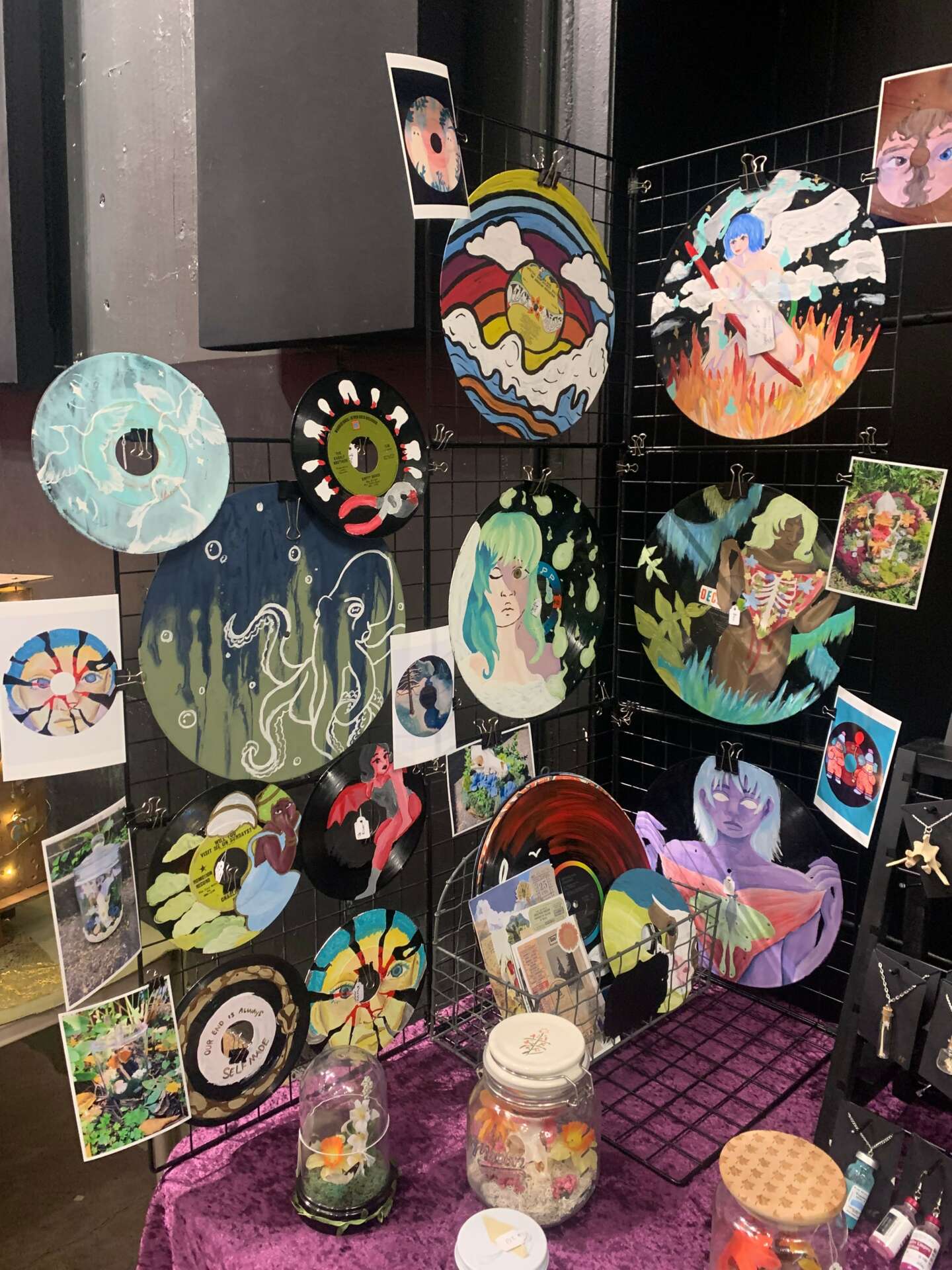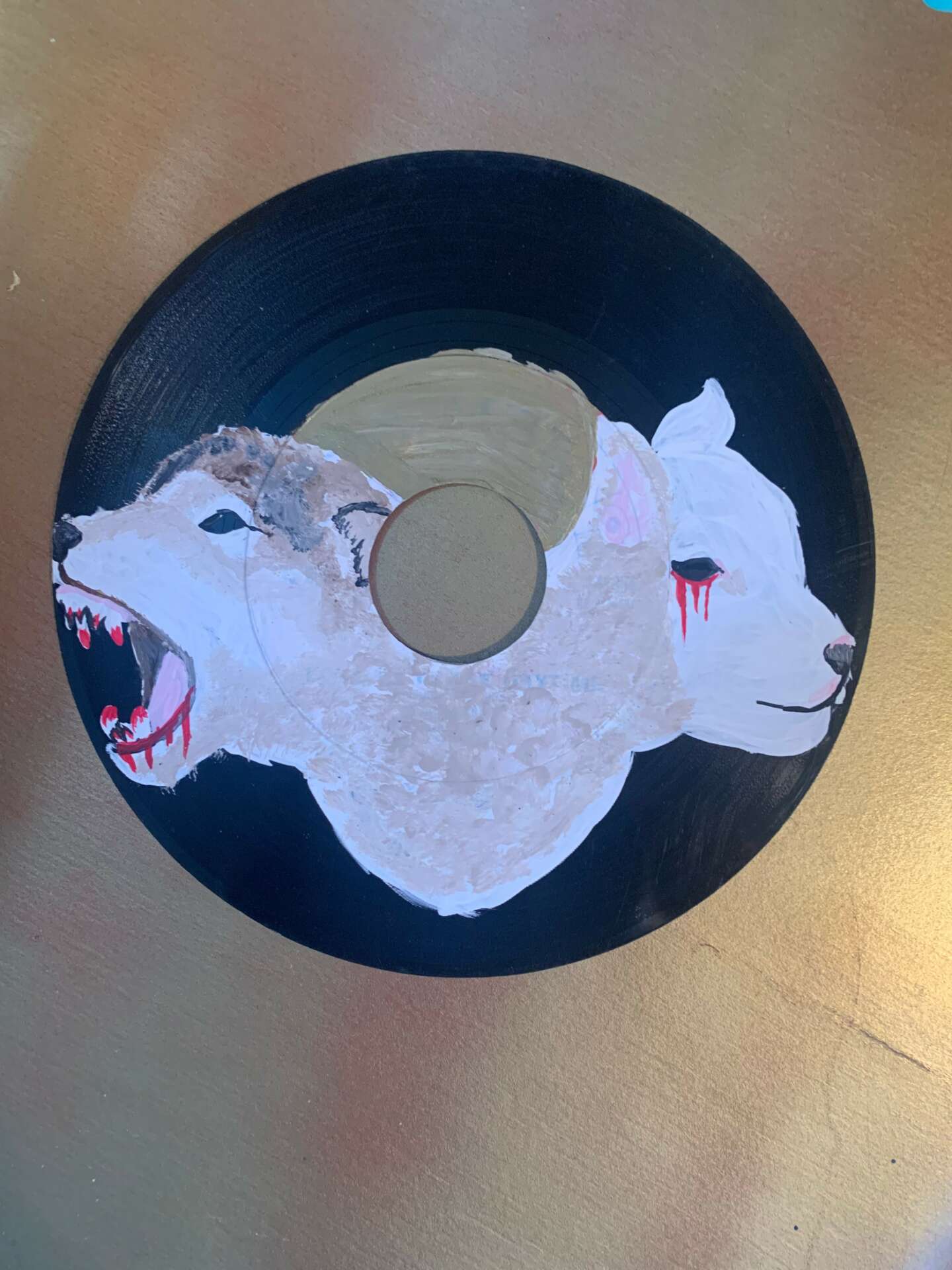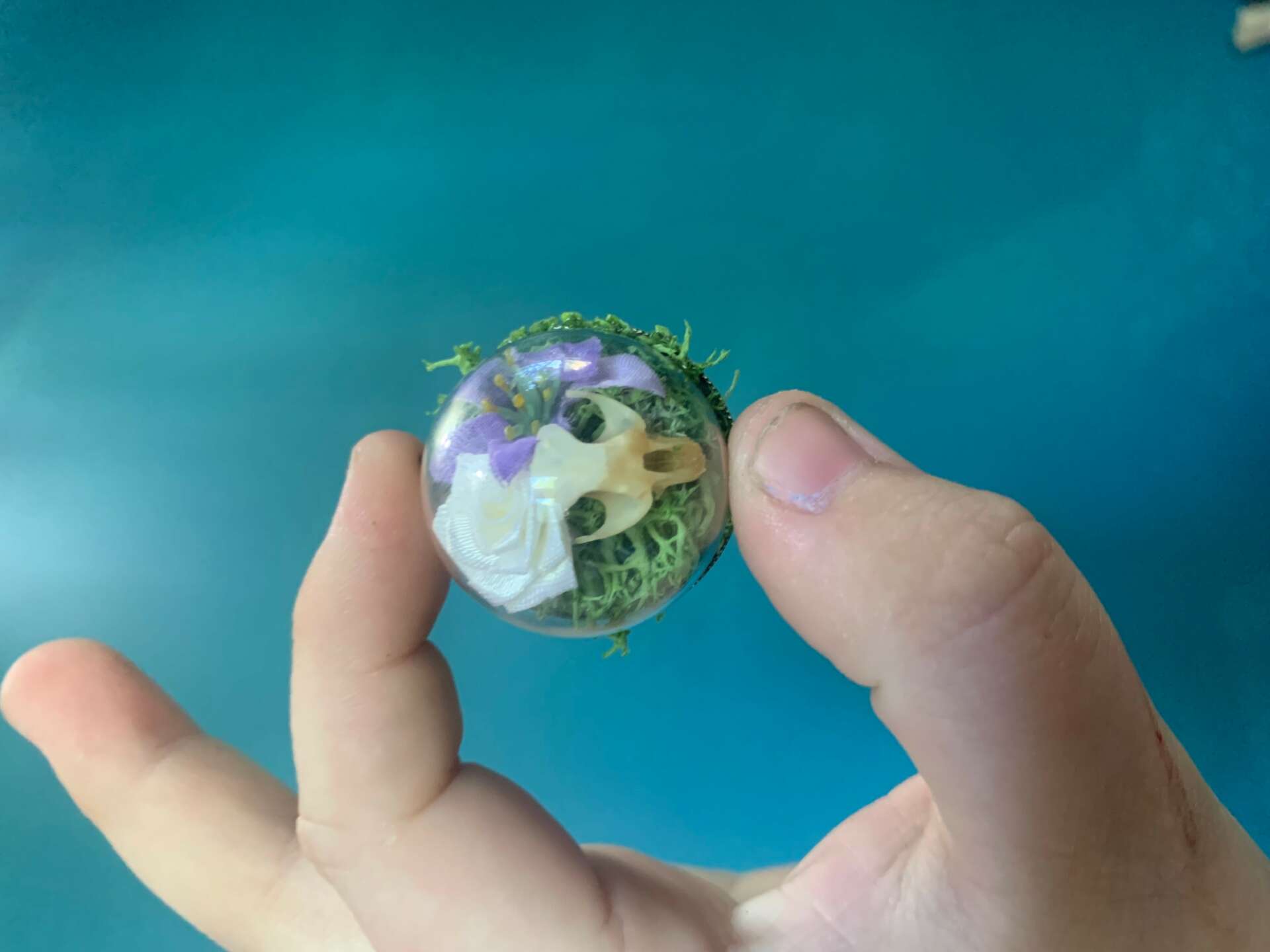We were lucky to catch up with Jakob Hennekam recently and have shared our conversation below.
Jakob , looking forward to hearing all of your stories today. Has your work ever been misunderstood or mischaracterized?
Obviously doing oddity art, it’s easy for me to be misunderstood and mischaracterized. Many people can’t get past the creepy aspect of it, and see working with bones and skulls as some sort of taboo that they can’t look over. Some people think it’s plain creepy, while others think it’s disrespectful or even evil in nature. I don’t expect to change anyone’s mind, but I tell everyone the same thing- all of my art is made with an appreciation for the animal and its life in focus. My terrariums are meant almost as memorial pieces to animals that would otherwise be forgotten or not cared for, written off as pests or roadkill. Some people are still unsettled by my art, but others gain a new perspective and can sometimes even learn to appreciate the craft as much as I do.


As always, we appreciate you sharing your insights and we’ve got a few more questions for you, but before we get to all of that can you take a minute to introduce yourself and give our readers some of your back background and context?
I make oddity art, but with a heavy amount of care and respect for the creature that I’m utilizing- that’s why all of my business cards are printed with “artwork and curiosities made with love.” I like to think that I imbue love and appreciation into every piece of art I make, but especially my skull terrariums and bone jewelry. There are a lot of oddity artists, but I feel as if a lot of them are simply into it for a cool, creepy aesthetic. The majority of the other oddity artists I’ve met lean heavily into the dark aesthetics of their work- which I’m definitely not knocking as I joke that my own house looks like a Halloween store. However I think what sets me apart is my use of bright colors and florals, a little snapshot of life despite death as the centerpiece. Many people have compared my terrariums to fairy gardens and I think that’s because I try to have a bright, lively take on most pieces I do.
I also prioritize using the unwanted in my art- the only skulls and bones I use are either found in nature, as roadkill or naturally deceased, farm animal byproducts, or trapped to keep farm animals safe. Nothing I find or buy is ever hunted or poached for a trophy or making art. I also use primarily recycled materials as well- in my terrariums I use thrifted and gifted containers, faux florals, and anything else I can either get secondhand or find myself. In my jewelry I repurpose older pieces of jewelry that end up in thrift or craft stores, or that get broken and can’t be fixed to its original state. With my paintings, I paint on old vinyl that is either broken or would’ve been thrown away anyway.
I would say that my reuse is one of the things I’m proudest of in my art. Many of my pieces are heavy on themes of the life cycle, giving back to the earth, renewal and reincarnation, and I’m very happy that I can show that not just in the aesthetics of my art but also in how I create it.



We often hear about learning lessons – but just as important is unlearning lessons. Have you ever had to unlearn a lesson?
One of the biggest things I had to unlearn was perfectionism. Obviously I strive to make artwork that I’m proud of, but in the past I would often scrap or start over projects for fear they weren’t good enough. It wasn’t until I loosened up and told myself that I didn’t have to get everything right on the first try that I felt like my art truly improved more. Giving myself room for error gave me room to learn and improve from it. I went a really long time without making art- not just for lack of inspiration, but because of this fear and drive for it to be flawless the first time. That was also arguably one of the worst times of my life. To go so long without making art made me feel like a piece of myself was missing. There are still times I struggle with perfectionism, but overall it’s not nearly as much of a pressure as it used to be.



For you, what’s the most rewarding aspect of being a creative?
For me, there are two things that are the most rewarding part of being an artist. The first is just the act of creation itself. I once read somewhere that god gave humans wheat but not bread, and grapes but not wine, so that they too could participate in the act of creation. I wouldn’t consider myself an overly religious person, but it’s an anecdote that’s stuck with me for a long time. Creation can be, in a way, divine, and being able to participate in that is an experience like no other. The second aspect is the connections I get to make with other people. Not everyone likes my art, or gets it, and that’s perfectly okay. Not everyone has to get it. But when I’m at an art event, selling and showing my art at my table, and someone’s eyes land on something they love or appreciate and we get to share that connection, that mutual love for a piece of art that I made, there’s nothing else like it. I love knowing that something I made is going to the home of someone who is really moved by it, who connects to it and appreciates it in their own way. I’ve met some interesting people as well as some good friends by connecting over art, whether it be over the process of creating art or over something I’ve already made.
Contact Info:
- Instagram: https://www.instagram.com/avianoddities?igsh=bmEzaWVvbG92YmZ4&utm_source=qr
- Facebook: https://m.facebook.com/profile.php?id=100091914922515&mibextid=LQQJ4d


